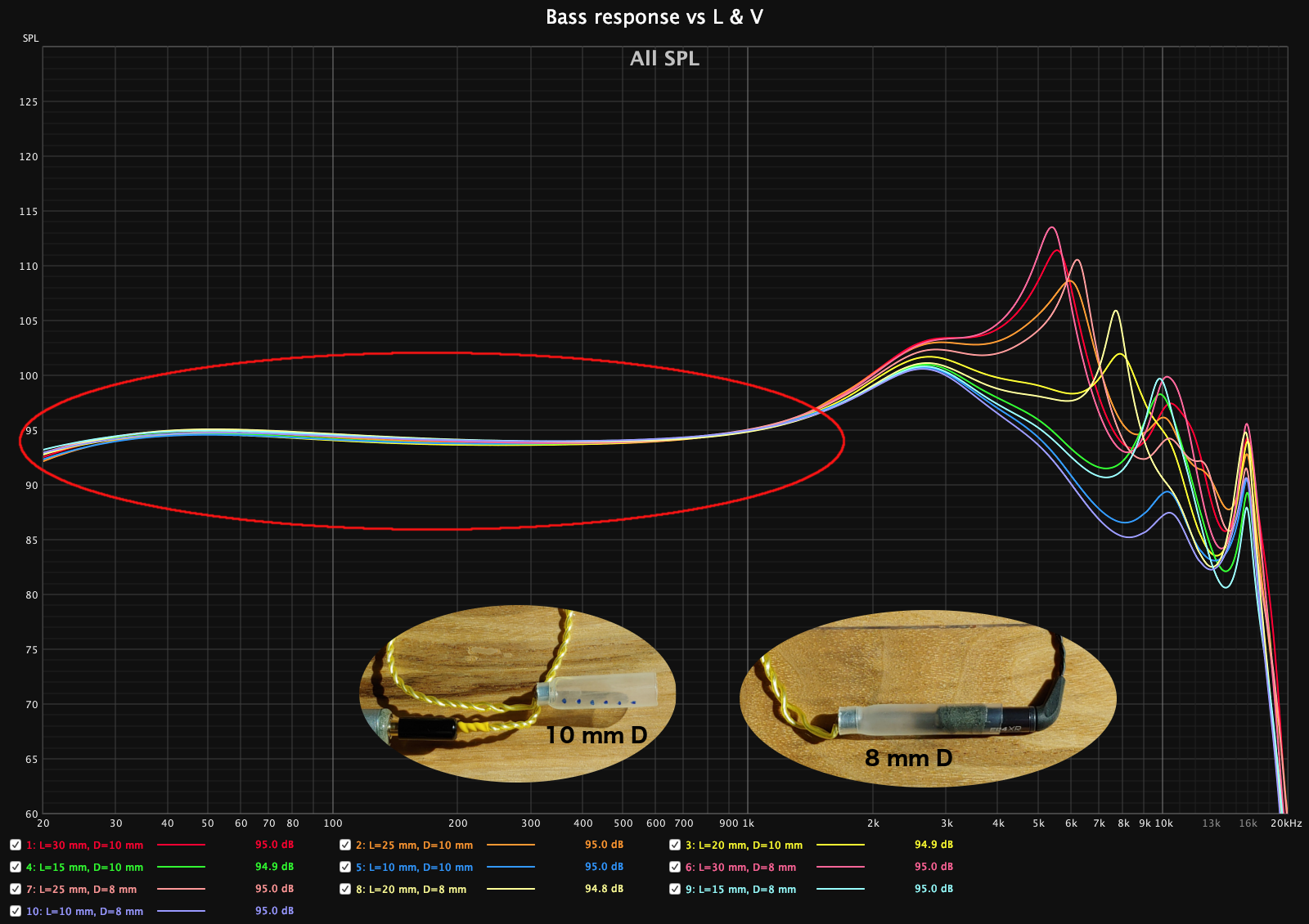- Joined
- Jun 20, 2001
- Posts
- 11,034
- Likes
- 6,756
Tomorrow, 15 October (Thursday), I will be presenting a talk titled
The talk is free to watch (registration link below). This year's entire virtual HBK Product Physics Conference is free.
While my talk will cover some of what was discussed in my Headphone Measurements: The New Standard, Part 1 post, I will also go over some of the key discussions that will be in my upcoming follow-up post Headphone Measurements: The New Standard, Part 2.
The HBK Product Physics Conference takes place October 13th, 14th, and 15th, 2020. Again, attendance is virtual and free.
My presentation will take place on October 15th, 2020, at 12:00 PM to 12:30 PM ET, and I will be available after the presentation for one hour at the Guest Speaker Booth to answer questions.
Register to attend and learn more by clicking on the images below or at the following link:
https://hbkworld.com/product-physics-conference/


Did we really need a new hearing simulation standard?
Measuring headphones with the HF-HATS Type 5128
Measuring headphones with the HF-HATS Type 5128
The talk is free to watch (registration link below). This year's entire virtual HBK Product Physics Conference is free.
While my talk will cover some of what was discussed in my Headphone Measurements: The New Standard, Part 1 post, I will also go over some of the key discussions that will be in my upcoming follow-up post Headphone Measurements: The New Standard, Part 2.
The HBK Product Physics Conference takes place October 13th, 14th, and 15th, 2020. Again, attendance is virtual and free.
My presentation will take place on October 15th, 2020, at 12:00 PM to 12:30 PM ET, and I will be available after the presentation for one hour at the Guest Speaker Booth to answer questions.
Register to attend and learn more by clicking on the images below or at the following link:
https://hbkworld.com/product-physics-conference/


Last edited:





















































